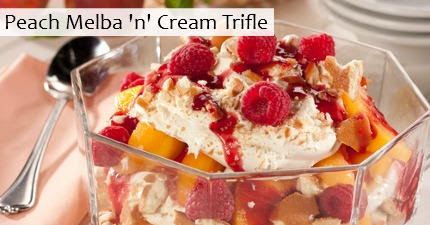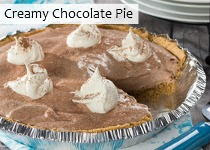Good morning sunshines,
temptations for diabetics are available all around us. It takes guts (for the ladies) and balls (for the men - ag, the dearies) to resist these naughty cravings stoically, and to be honest, I indulge every once in a while in a cookie or two....But if this should get out of hand, we need to consider if we want the cookies so much as to risk serious health complications, or to quickly whip up something sweet, but sugar free in the kitchen. Lately I choose the second option more and more often and am proud to announce really good diabetes management results for the moment. This is my light at the end of a tunnel, to be healthy and enjoy life!!
To highlight the temptation factor from somebody elses's point of view (the wife and carer of a diabetic husband) I quote the following article:
“Funny” Is No Laughing Matter
“I don’t feel right!” Don said. My husband, who has type 2 diabetes, had just walked back in our front door, after having gone into town to do some Christmas shopping. Or so he said. He only came back with gifts from one store. He felt “funny,” he said, afraid to drive. Which was odd, since I’d only fed him a few slices of whole grain toast with butter and a glass of milk before he left, nothing that would bring on the “funny feelings” about which diabetics often complain.
“Funny” in our home is no laughing matter. It’s how my husband feels when he’s not being active or when he’s eaten something he shouldn’t have eaten. I suspected foul play–a soda, maybe some greasy fries, eaten in secret, as diabetics often do–and called him on it. “Quit preaching to me,” he said.
As a caregiver, I prepare the majority of our healthy meals from home, but that doesn’t mean Don doesn’t sneak in something greasy and juicy when I’m not looking. The “funny feelings” he describes occur when his glucose is off balance. The hard part for me is trying to walk those fine lines between caregiver and scold, wife and caregiver, friend and foe. He’s nearly sixty years old, and we’re still figuring out this dance.
The other night, while I was preparing dinner, Don was working on his train platforms that we put up each year during the Christmas season. But then suddenly he was sitting in front of the TV, feeling “funny” again. I’d suggested a healthy snack, but I suspect he grabbed a Mountain Dew and a piece of dark chocolate from his secret stash in his car. He was so out of it, I grabbed the camera and took a photo. Maybe if he sees himself during these unfunny “funny” moments, particularly now, during the sugar-laden Christmas season, he’ll think twice about indulging in sugar.
At least I hope so. I don’t like being the scold. I suspect Don doesn’t love it either. He’s only had diabetes for a year. He’s probably still in the denial stage of the illness. It’s hard on him, but it’s hard on me, too, and I’m not sure what the solution is other than to keep reminding him of all the things that can go wrong if he doesn’t heed his body’s warnings. I’d like to keep him around. And I hope 2015 will bring a bit more discipline, a bit less “funny,” a bit more fun: the real kind.





